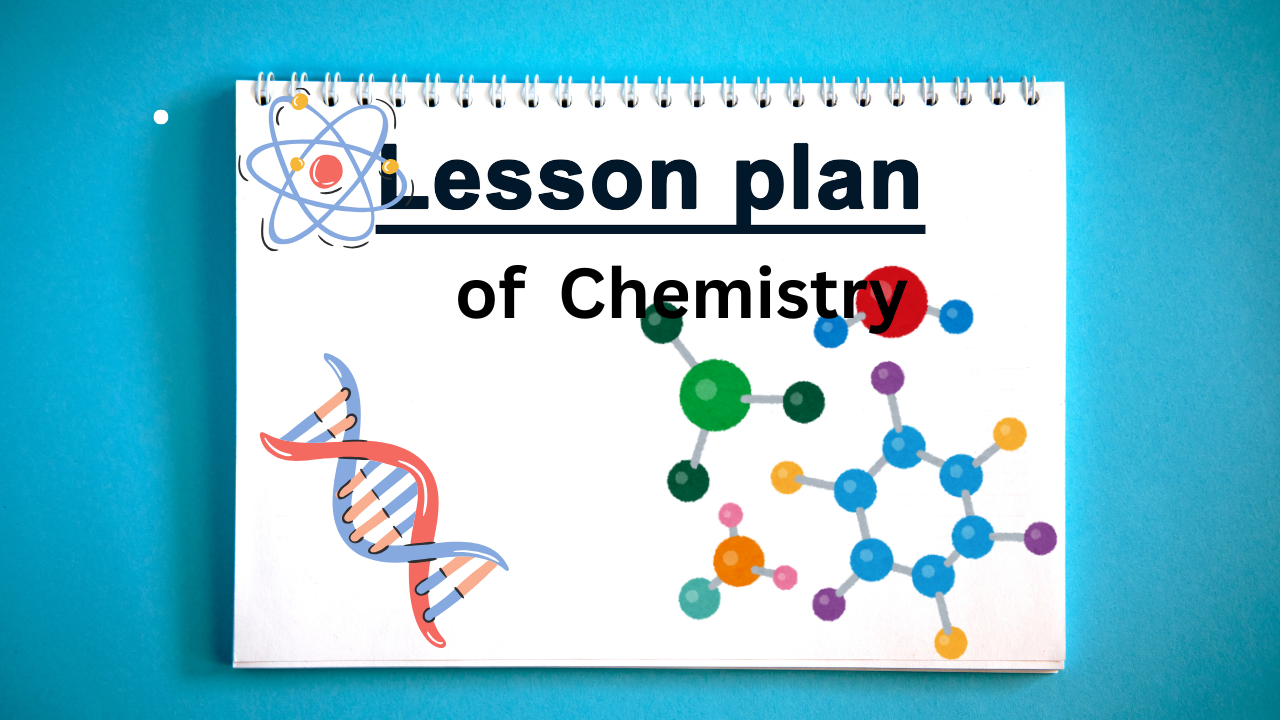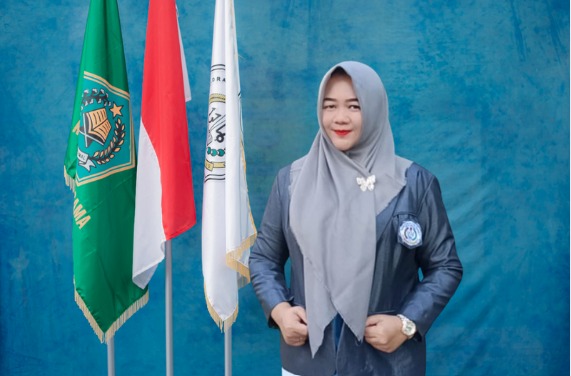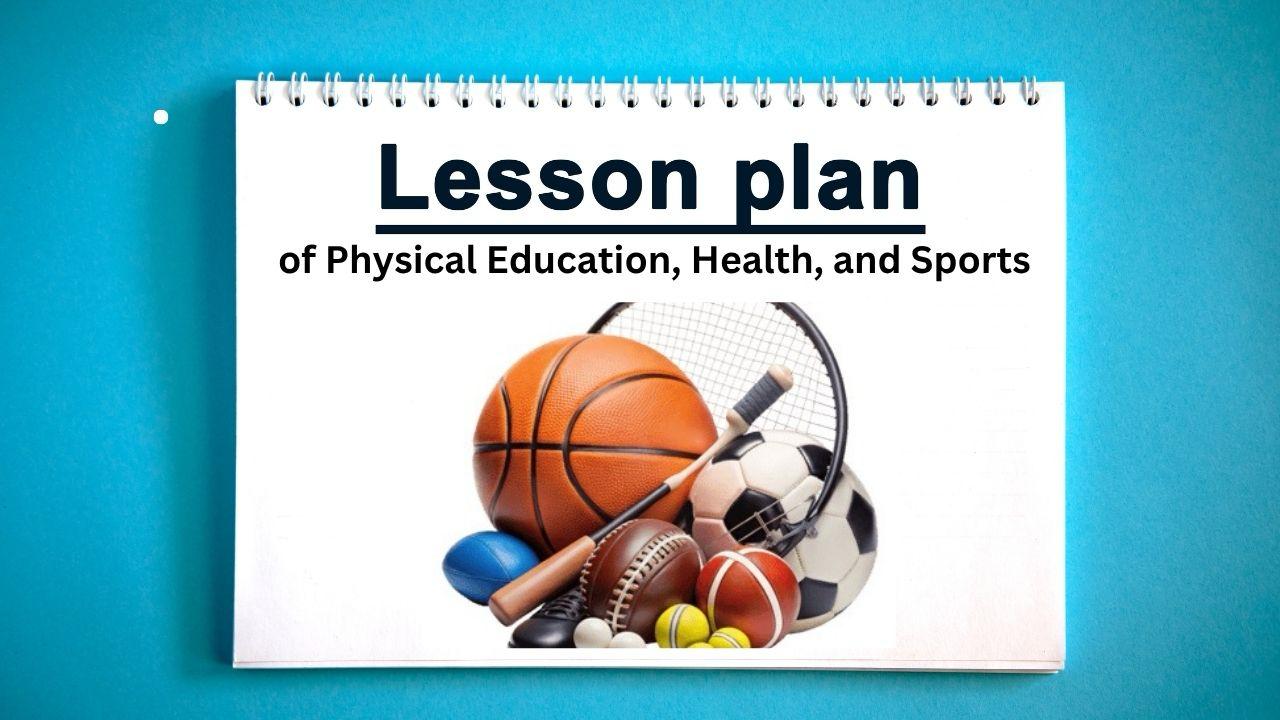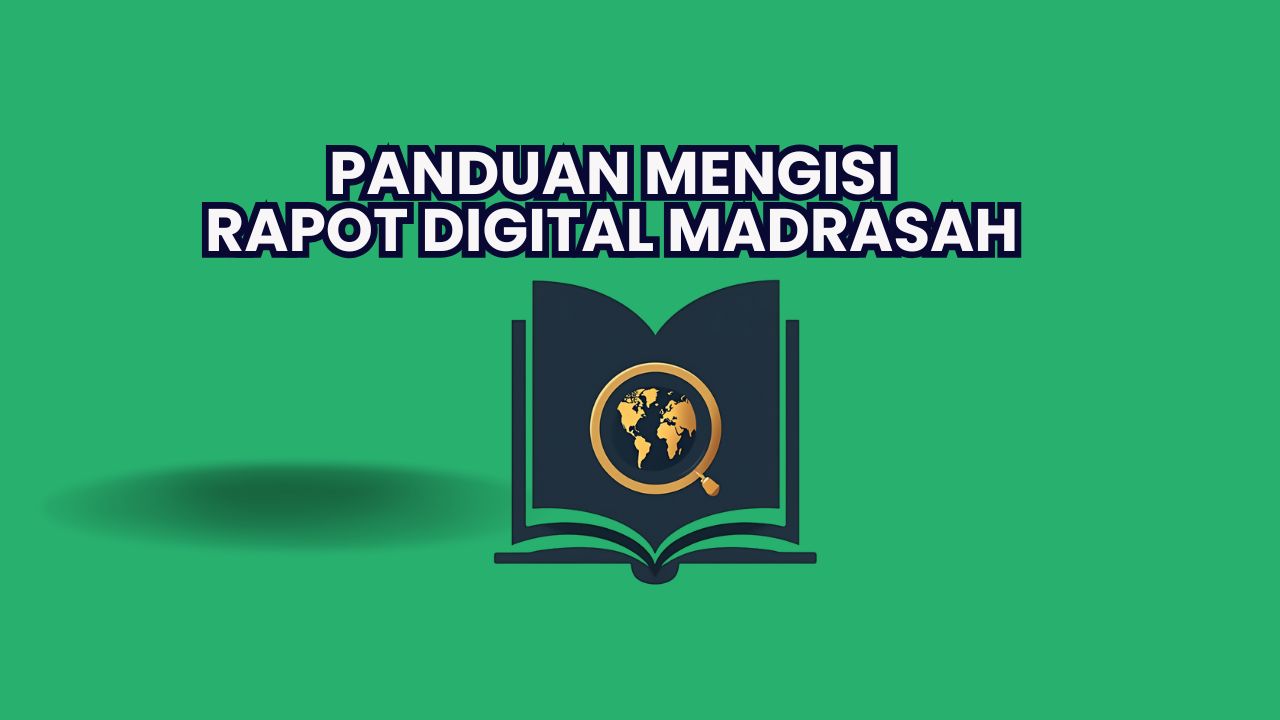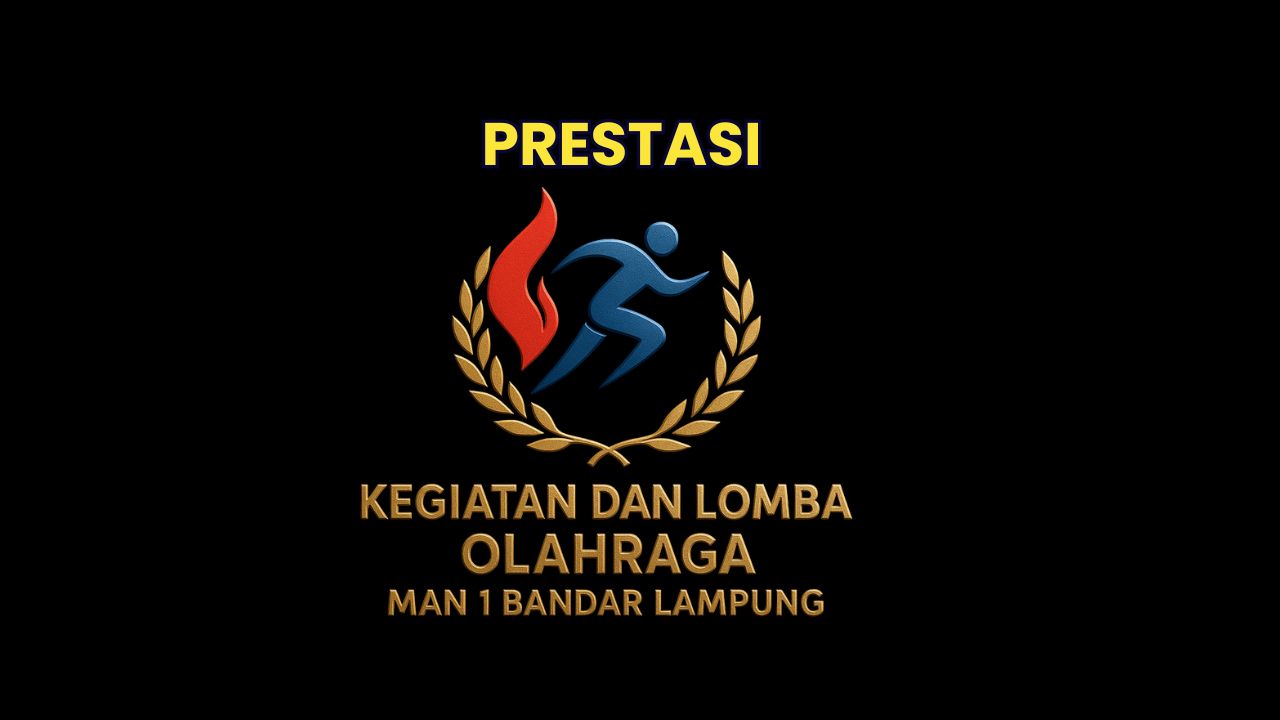Contoh RPP/Modul Digital Terintegrasi 2 Kali Pertemuan
MODUL PELAJARAN BAHASA INGGRIS Nama Stephanie Del, S.Pd. Sekolah MAN 1 Bandar Lampung Tahun Pelajaran/Semester 2025-2026/1 Tingkat Madrasah Aliyah Fase E Kelas X (Sepuluh) Alokasi Waktu 1 x Pertemuan, 1 […]

| MODUL PELAJARAN BAHASA INGGRIS | |
|---|---|
| Nama | Stephanie Del, S.Pd. |
| Sekolah | MAN 1 Bandar Lampung |
| Tahun Pelajaran/Semester | 2025-2026/1 |
| Tingkat | Madrasah Aliyah |
| Fase | E |
| Kelas | X (Sepuluh) |
| Alokasi Waktu | 1 x Pertemuan, 1 Pertemuan = 3 Jam Pelajaran, 1 Jam Pelajaran = 45 Menit, Total Waktu 45×3 = 135 Menit |
| Capaian Pembelajaran |
Listening – Speaking Students use English to communicate with teachers, peers and others in a range of settings and for a range of purposes. They use and respond to questions and use strategies to initiate and sustain conversations and discussion. They understand and identify the main ideas and relevant details in oral texts of discussions or presentations on youth-related topics. They use English to express opinions on youth-related issues and to discuss youth-related interests. They give opinions and make comparisons. They begin to use nonverbal elements (gestures, speed and/or pitch) to strengthen/support the message/information being conveyed. Students read and respond to a variety of texts. They read to learn or to find information. They locate and evaluate specific details and main ideas of a variety of texts. These texts may be in the form of printed or digital texts, including visual, multimodal or interactive texts. They are developing understanding of main ideas, issues or plot development in a variety of texts. They identify the author’s purposes and develop simple inferential skills to help them understand implied information from the texts. Writing – Presenting Students write a variety of fiction and non-fiction texts, through guided activities, showing an awareness of purpose and audience. They plan, write, review and revise texts with some evidence of self-correction strategies in writing conventions. They express ideas and use common/daily vocabulary and verbs in their writing. They present information using different modes of presentation in print and digital forms to suit different audiences and to achieve different purposes. |
| Tujuan Pembelajaran | Listening – Speaking
a. Listening After completing instruction on narrative texts (Listening element), students will be able to:
b. Speaking After completing instruction on narrative texts (Speaking element), students will be able to:
After learning the material of narrative text (through reading and viewing), students will be able to:
After completing instruction on narrative writing and presentation skills, students will be able to:
To see: |
| Prasyarat Pengetahuan/ Keterampilan |
Mastering vocabulary related to the narrative text being taught. |
| Target Profil Pelajar Pancasila | Students who are faithful and devoted to God Almighty, demonstrate critical thinking skills, and excel in collaboration. |
| Model Pembelajaran | Cooperative and Technology-Based LearningTo know about the Cooperative Learning Model, please click here and the Technology-Based Learning Model for EFL instruction, please click here. |
| Asesmen | individual and group assessments (for learning (quiz), as learning (feedback from students), and of learning (post-instruction test) |
| Materi, Media, Metode dan Sumber | A. Material of Narrative Text:
B. Media: laptop, TV, and web pages C. Method: Guided Learning D. Source: |
| Kegiatan Pembelajaran | Pertemuan Pertama (Listening-Speaking) |
|
A. Opening Activities (10 minutes) 1. Teacher greets students and invites them to pray together. 2. Teacher checks students’ attendance. B. Main Activities, Listening-Speaking (105 minutes) Before Listening/Getting Ready (20 minutes) The text (spoken text) for the listening activity is ‘Snow White and the Seven Dwarfs‘. 1. Introduce Snow White: Briefly tell students about Snow White. “Today, we’ll listen to the story of Snow White, a princess.” 2. Key Words: Teach difficult words in the story so that students understand the upcoming text better. (Play the audio for each vocabulary word, have students repeat it, then discuss the meaning together). Have students listen to the entire audio to reinforce their understanding. 3. Prediction: Ask: How do you think Snow White and the seven dwarfs might interact in the story? Will they be friends, or will something else happen between them?” During Listening/Listening to the Story (25 minutes) 1. First Listening (Big Picture): Play the audio once. Ask a simple question: “What is the story mostly about?” (e.g., a princess, a jealous queen, etc.) 2. Second Listening (Details): Play the audio again. This time, students listen for specific information. Show them some questions to answer. 3. Check Answers: Review the answers together. After Listening/Talking About the Story (65 minutes)
Please click here to input students’ score. C. Closing Activities (15 minutes)
|
|
| Kegiatan Pembelajaran | Pertemuan Kedua (Reading-Viewing) |
|
A. Opening Activities (15 minutes)
B. Main Activities (110 minutes) A. Pre-Reading Activity
Please click here to input students’ score. C. Closing Activities (10 minutes)
|
|
| Note | |
| MAN 1 BANDAR LAMPUNG, KAMPUS CERIA KAMPUSNYA PARA BINTANG | |
Contoh RPP/Modul Digital Terintegrasi



